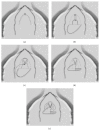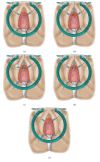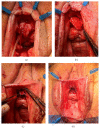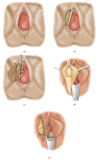Female Urethroplasty: A Practical Guide Emphasizing Diagnosis and Surgical Treatment of Female Urethral Stricture Disease
- PMID: 30906779
- PMCID: PMC6398057
- DOI: 10.1155/2019/6715257
Female Urethroplasty: A Practical Guide Emphasizing Diagnosis and Surgical Treatment of Female Urethral Stricture Disease
Abstract
Female urethral strictures are rare. Guidelines on how to diagnose and treat these strictures are lacking. At present, only expert opinion is available to guide clinical practice. Once the diagnosis is suspected based on obstructive voiding symptoms and uroflowmetry, most clinicians will use in addition video-urodynamics (including urethrography), urethral calibration and cystourethroscopy for confirmation of the diagnosis. Clinical inspection and gynaecological examination are also important. Urethral dilation is usually the first-line treatment despite the lack of long-term success. Female urethroplasty is associated with higher success rates. A multitude of techniques are described but not one technique has shown superiority above another. This narrative review aims to provide a clinical guide for diagnosis and treatment to the urologist motivated to perform female urethroplasty.
Figures












References
Publication types
MeSH terms
LinkOut - more resources
Full Text Sources

